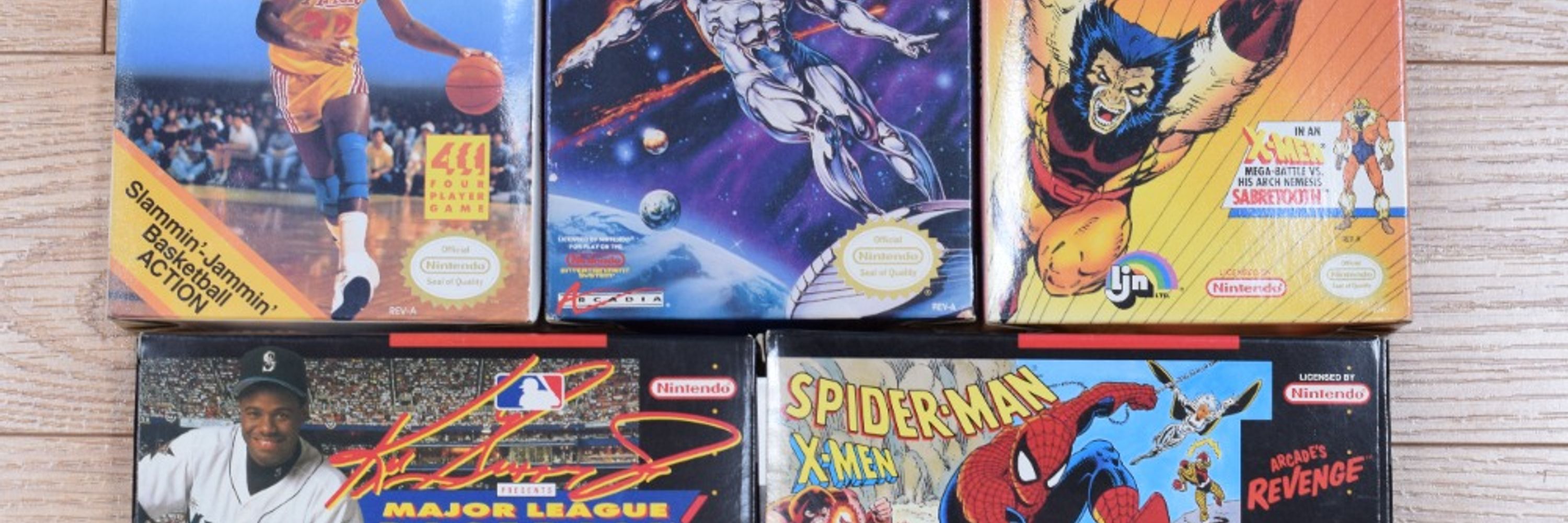Kevin Edwards ( Retro Videogame development )
@kevedwardsretro.bsky.social
3.3K followers
870 following
1.3K posts
Retired video game programmer. 40+ years developing videogames and software.
Creator of games for the BBC Micro, Electron, NES, SNES, PC, XBox, PS3/4, Mobile, Vita, 3DS.
I am currently rescuing and archiving old game development disks.
LEGO Dev/AFOL.
Posts
Media
Videos
Starter Packs

















